Do you have a question about the Honda 2009 CBR1000RR and is the answer not in the manual?
Key safety recommendations for riding, including wearing protective gear and understanding hazards.
Guidelines for using genuine Honda accessories and the risks of improper modifications.
Information on identifying and understanding safety labels on the motorcycle.
Diagrams illustrating the location of key controls and components on the motorcycle.
Explanation of the motorcycle's gauges, indicators, and multi-function display functions.
Details on the various functions displayed on the multi-function display unit.
Information on how the coolant temperature meter works and its display readings.
Explanation of the low fuel indicator and how reserve fuel consumption is displayed.
Information on the low oil pressure and warning indicators and what to do if they light up.
Details on the high coolant temperature and warning indicators and their functions.
Explanation of the HESD indicator for the Honda Electronic Steering Damper.
Information on how the speedometer displays riding speed in miles or kilometers per hour.
Details on the odometer and tripmeter functions, including selection and resetting.
Explanation of the fuel mileage meter's functions: current, average, and consumption.
Instructions on how to adjust the digital clock on the motorcycle.
Instructions on how to change the display between odometer, tripmeter, and fuel mileage.
Guide on how to change the units for speedometer, odometer, and fuel mileage.
Instructions on changing the coolant temperature display unit between Fahrenheit and Centigrade.
How to change the fuel mileage indication mode between km/l and l/100 km.
How to select the RPM activation point for the shift indicator and choose display alerts.
Essential checks and preparations before riding your motorcycle for the first time.
Recommendations for wearing approved motorcycle helmets, eye protection, and other gear.
Importance of developing riding skills and taking certified courses.
Pre-ride inspection checklist for tires, wheels, chain, lights, and other critical components.
Detailed checklist for inspecting tires, wheels, chain, and other items before riding.
Information on maximum weight capacity, cargo weight, and safe loading practices.
Guidelines on how much weight to put on your motorcycle and how to load it safely.
Specific load limits for the motorcycle, including maximum weight and cargo capacity.
Followed guidelines for carrying passengers or cargo safely.
Reviewing safety sections and becoming familiar with motorcycle operation and handling.
Proper procedures for starting and stopping the engine, including side stand system.
Pre-start checks including ignition, neutral, indicators, and engine stop switch.
Step-by-step instructions for starting the fuel-injected engine with automatic fast idle.
Troubleshooting steps to clear a flooded engine with excess fuel.
Explanation of the system that stops the engine if the motorcycle is overturned.
Normal and emergency procedures for stopping the motorcycle's engine.
Guidance on shifting gears, including recommended shift points and techniques.
Information on the hydraulic braking systems, including front/rear brake usage and ABS.
Details on the Combined ABS system, its function, and operation for CBR1000RR ABS models.
Explanation of the Combined ABS indicator light and its behavior.
Instructions on how to park the motorcycle safely, including using the steering lock.
Recommendations for preventing motorcycle theft, including using locks and secure parking.
Important information and precautions for riding with a passenger or carrying cargo.
Essential information before performing maintenance, including importance and safety.
Why regular maintenance is essential for safety, performance, and longevity.
Key safety precautions and warnings to follow when performing motorcycle maintenance.
General safety guidelines for performing maintenance tasks, including hazards like CO and burns.
Checks to perform monthly or more often, covering tires, fluids, lights, drive chain, etc.
Schedule specifying how often to service motorcycle components and what needs attention.
A log for recording maintenance performed, including dates and service details.
Information on maintenance component locations, tool kits, and manual storage.
Maintenance procedures for the engine, including throttle, clutch, and oil.
Maintenance for chassis components like suspension, brakes, tires, side stand, and drive chain.
Information related to the motorcycle's electrical system, including battery maintenance.
Tips and procedures for cleaning and maintaining the motorcycle's appearance.
Guidance on preparing and storing the motorcycle for extended periods.
Instructions on how to safely transport the motorcycle using trailers or trucks.
Tips for environmentally responsible motorcycle ownership and waste disposal.
General advice for handling problems encountered while riding, prioritizing safety.
Troubleshooting steps for engine starting issues, including possible causes and solutions.
Guidance on dealing with flat tires, including temporary repairs and professional assistance.
Troubleshooting steps for engine overheating, including checking coolant and fans.
What to do if the low oil pressure indicator lights up, including checking oil level.
Procedure for checking, replacing, and identifying blown fuses on the motorcycle.
Safety priorities and inspection steps after a motorcycle crash.
Steps to take if you lose your motorcycle key, including obtaining a replacement.
Information on dealing with a low or dead battery, and recommended charging methods.
Location and explanation of VIN and engine serial numbers for identification purposes.
Detailed technical specifications for dimensions, fuel, lubricants, engine, and power transmission.
Recommendations for breaking in the motorcycle to ensure future reliability and performance.
Information on exhaust, PGM-FI, ignition timing, secondary air, and evaporative systems.
Details about the oxidation catalytic converter and guidelines to protect its effectiveness.
Information on using oxygenated fuels, including approved percentages of ethanol and MTBE.
Information on obtaining service and owner's manuals from Helm, Inc. and Honda dealers.
Details on the motorcycle's limited warranties, including responsibilities and exclusions.
Guidance on obtaining warranty service, including making appointments and dealer communication.
Contact information for Honda customer service and how to provide feedback.
Information on utilizing dealer services, including sales, service, and parts departments.
Information on eligibility for HRCA membership and accessing the clubhouse website.
How to report vehicle defects to NHTSA and American Honda Motor Co., Inc.
| Engine Type | 999cc liquid-cooled inline four-cylinder |
|---|---|
| Bore x Stroke | 76mm x 55.1mm |
| Compression Ratio | 12.3:1 |
| Final Drive | #530 O-ring-sealed chain |
| Rear Brakes | Single 220mm disc |
| Front Tire | 120/70ZR-17 radial |
| Rear Tire | 190/50ZR-17 radial |
| Wheelbase | 55.4 inches |
| Seat Height | 32.3 inches |
| Fuel Capacity | 4.7 gallons |
| Curb Weight | 439 pounds |
| Valve Train | DOHC; four valves per cylinder |
| Front Suspension Travel | 4.7 inches |
| Rear Suspension Travel | 5.4 inches |
| Rake (Caster Angle) | 23.3 degrees |
| Trail | 96.2mm (3.8 inches) |
| Fuel System | PGM-DSFI electronic fuel injection |
| Ignition | Computer-controlled digital transistorized with 3D mapping |
| Transmission | Six-speed |
| Front Suspension | 43mm inverted HMAS cartridge fork with spring preload, rebound and compression damping adjustability |
| Rear Suspension | Unit Pro-Link HMAS single shock with spring preload, rebound and compression damping adjustability |
| Front Brakes | Dual radial-mounted four-piston calipers with 320mm discs |
| Fuel Delivery | PGM-DSFI electronic fuel injection |
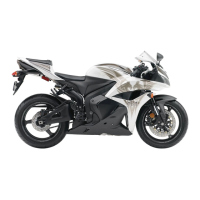
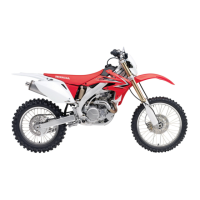
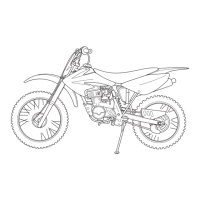
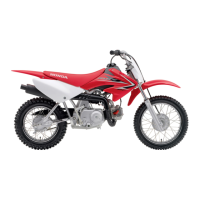
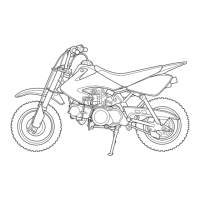
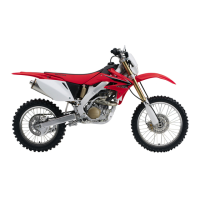
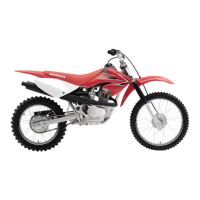
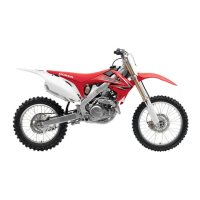

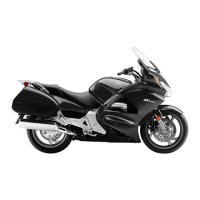
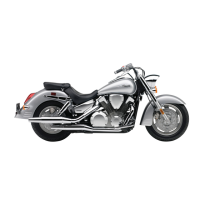
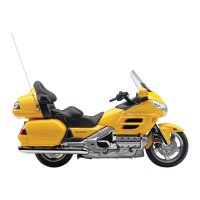
